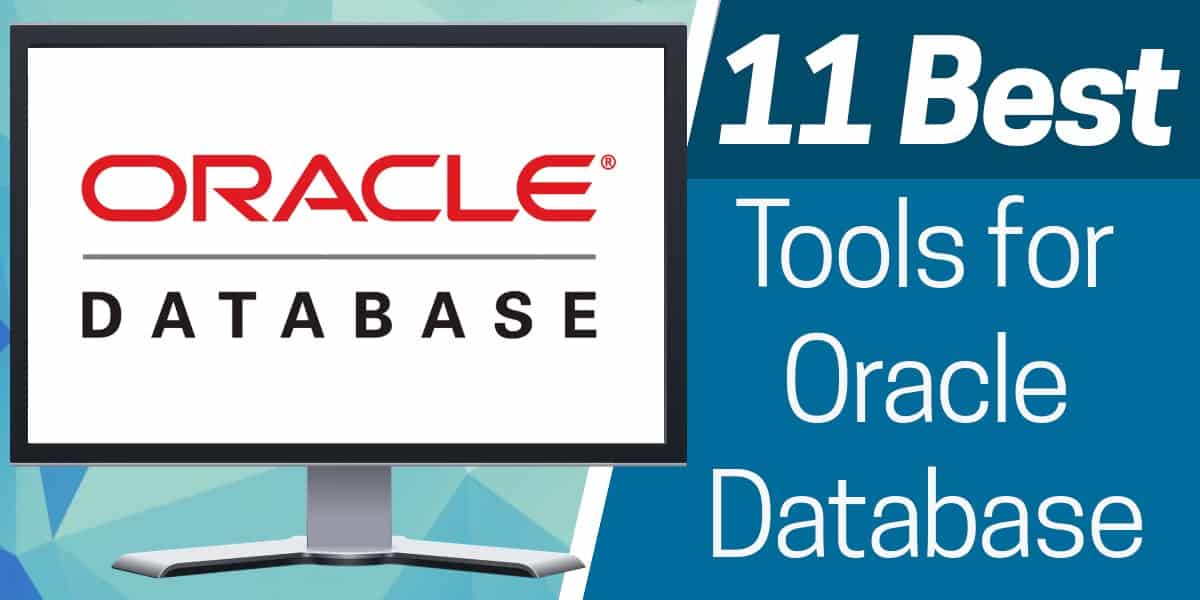

- #How to refresh table list in razorsql how to
- #How to refresh table list in razorsql drivers
- #How to refresh table list in razorsql update
- #How to refresh table list in razorsql password
For the most part you’ll only ever want to know the ‘Actor’ user if you’re analysing things like extract refreshes, workbook publishing etc. The first one, the ‘Actor’ ID, as the name suggests, relates to the user that was responsible for creating, or ‘actioning’ the event. In the historical events tables there are actually two IDs you can join the hist_users table to: hist_actor_user_id and hist_target_user_id. In addition, you’ll then likely want to bring in user information from the hist_users table so you can tie these events to specific users. Try using an inner join to join these two tables together to see a list of events on the server. The two key tables here are historical events (historical_events) – this logs all the events happening on the server – and historical event types (historical_event_types), which describe what these events are. The historical tables contain information on events occurring on your server, and to get the most out of these you’ll need to join a few together. lists of users, groups, sites, projects, dashboards and views, and information relating to those entities. The views contain information on the structure of your server, e.g. Now as I said before, the standard ‘tableau’ user has limited permissions in that it can only access a set of historical tables (prefixed by ‘hist_’) and a set of views (prefixed by an underscore ‘_’) in the database. Password: (the one you just set in the above step) Exploring the database Server: (your tableau server hostname, e.g. To connect, we use the following details: If you are connecting to the database from Tableau Desktop installed on the machine which hosts Tableau Server itself, then you can skip this step since Tableau Server already comes bundled with the Postgres drivers.
#How to refresh table list in razorsql drivers
To connect using Tableau Desktop from your local machine, you’ll need to have the Postgres database drivers installed – you can find them here.
#How to refresh table list in razorsql password
Now that you have set a password for the ‘tableau’ user and restarted the server, you can connect to the database using your favourite SQL editor (I like RazorSQL), or even Tableau Desktop.

It should go a little something like this… Then restart your server to let the change take effect. To fix this, open an administrator command prompt on your Tableau Server, navigate to your Tableau Server bin directory and issue the tabadmin dbpass command, specifying your chosen password. By default, ‘tableau’ does not have a password set for it, so access is effectively disabled.

#How to refresh table list in razorsql how to
Tableau actually provides great instructions on how to enable the user ‘tableau’ here. For now, let’s ignore the super user, we don’t want to go there just yet. The repository is essentially a Postgres database, and there are two default users that we can use to gain access initially, ‘tableau’ (standard user with limited permissions) and ‘tblwgadmin’ (super user).
#How to refresh table list in razorsql update
Readers who have been following our blog will remember that we had a guest blogger write about this very topic some time ago, but I think we’re due an update as some things have changed since then. The data source for these dashboards is, of course, the database that underlies the Tableau Server, otherwise known as the repository.Īnd you can in fact gain unfettered access to it to build your own administrative views. Well, most Tableau Server admins can tell you that there are a set of administrative dashboards in the admin panel that provide information on server activity, user activity, background processes and more. It’s great to see more businesses investing not only in Tableau Desktop but in Tableau server as well these days, and with this we’re getting asked a lot of questions by enterprise IT folks about how to monitor and get ‘under the hood’ of the Tableau Server. | Jonathan MacDonald Exploring the Tableau Server database


 0 kommentar(er)
0 kommentar(er)
